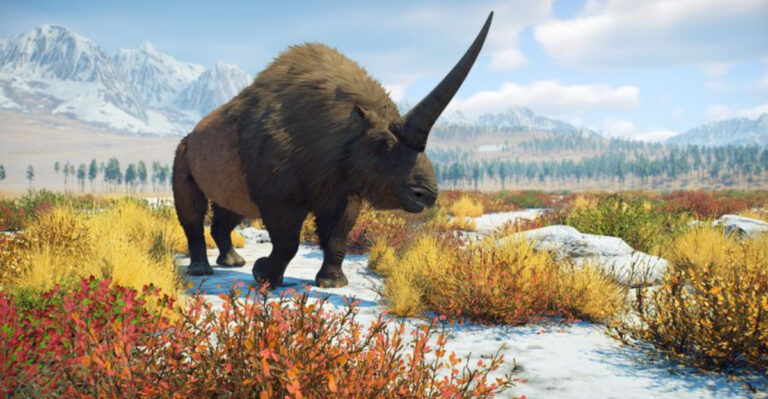15 States In America With The Highest Snakebite Incidents
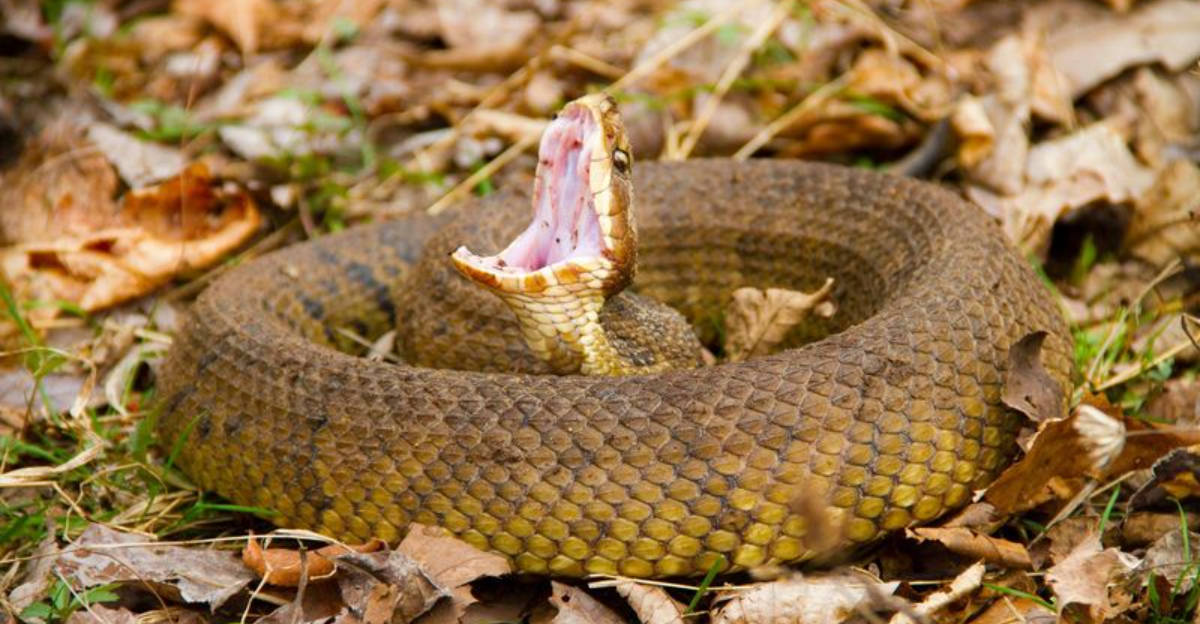
Snake encounters are more common than you might think, especially in certain U.S. states where bites are on the rise.
While most aren’t deadly, snakebites can still lead to serious complications if not handled quickly and correctly.
Knowing where they happen most often can help you stay alert and prepared. Here are the 15 states with the highest snakebite rates in America – and what you should know to stay safe.
1. Tennessee
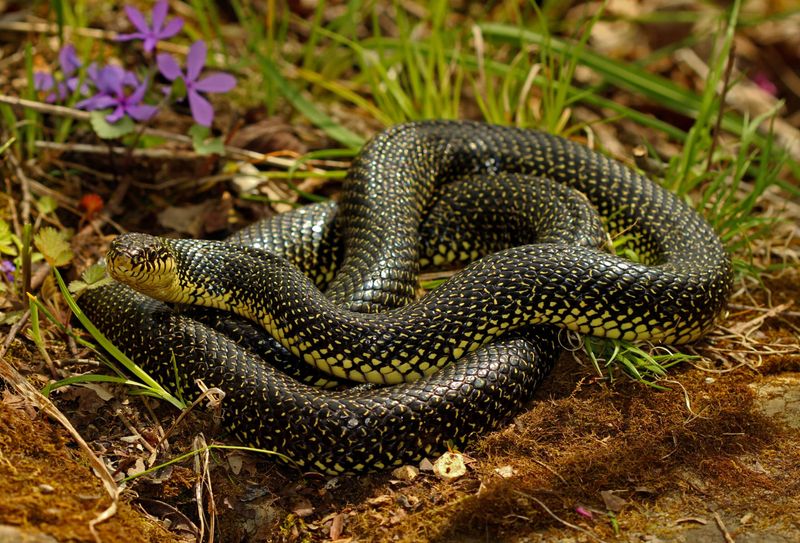
Nestled in the heart of the Appalachian region, Tennessee boasts beautiful landscapes that are also home to a variety of snake species, including copperheads and rattlesnakes. The state’s residents often encounter these slithery creatures while hiking or enjoying outdoor activities.
Although snakebites are rare, the risk increases during warmer months when snakes are more active. Residents are advised to wear protective footwear and remain vigilant in wooded and rocky areas.
Did you know? The Great Smoky Mountains, a popular tourist destination, is one of the richest areas for snake diversity in the United States.
2. California
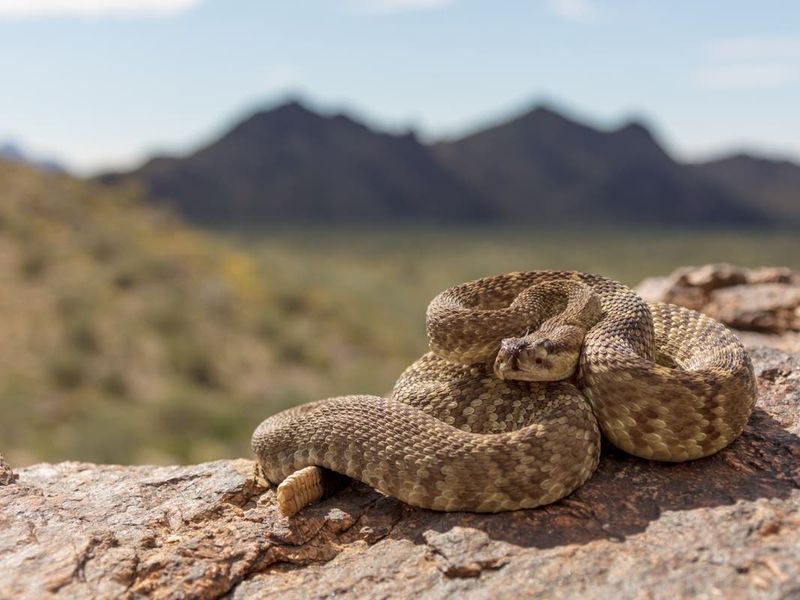
California’s diverse ecosystems, from deserts to chaparral, provide ideal environments for various snake species. Rattlesnakes are particularly common, thriving in the state’s dry and warm climate.
Hikers and outdoor enthusiasts are often reminded to stay alert, especially in areas like Joshua Tree and the Sierra Nevada foothills. California’s snake population peaks during the spring and summer months.
Interestingly, California is home to the Western Diamondback, a snake known for its distinctive rattle and potentially dangerous bite. Awareness and caution can help prevent unwanted encounters.
3. Kentucky
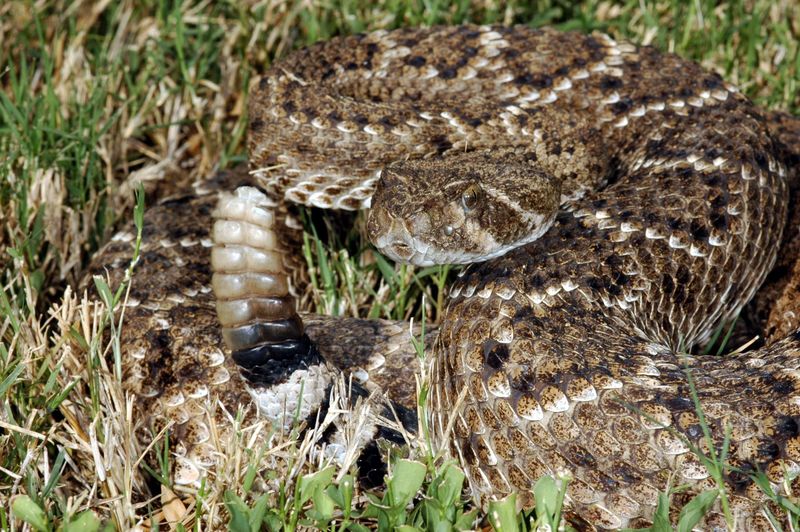
Nestled in the heart of America, Kentucky isn’t just known for its bourbon and horse racing. The state is also a hotspot for snake bites, though it ranks lowest among the top 12.
Kentucky’s diverse range of habitats, from forests to fields, provides a cozy home for various snake species.
In particular, the timber rattlesnake is a notable resident.
Residents are advised to be cautious, especially during the warmer months when snakes are most active. Wearing boots and keeping an eye on where you step can greatly reduce the risk of bites.
4. Mississippi

Mississippi’s humid climate and abundant forests make it a haven for snakes. With a variety of species such as copperheads and cottonmouths, snake encounters are not uncommon.
The rich biodiversity contributes to the frequency of bites in this state.
While exploring Mississippi’s natural beauty, hikers should tread carefully. Staying on well-worn paths and wearing long pants can offer some protection.
Always keep a safe distance and avoid provoking any snakes you may come across.
5. Georgia
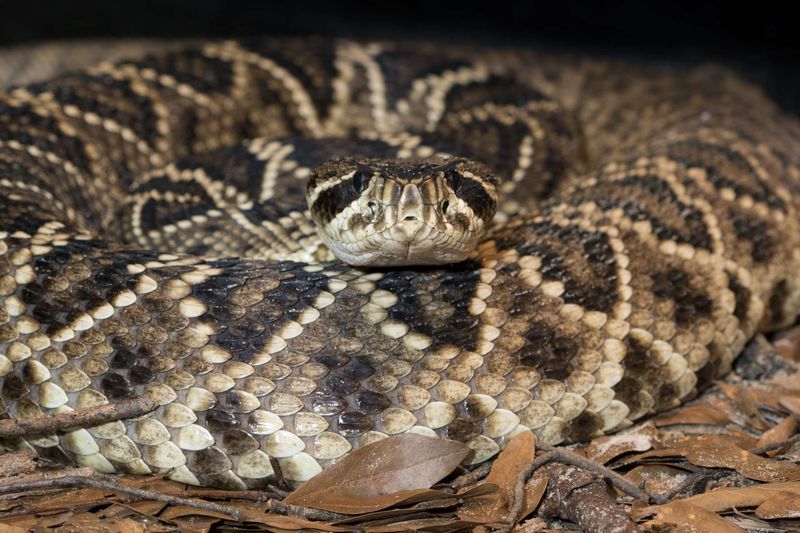
Georgia may be famous for its peaches, but it also hosts a considerable number of snake bites annually.
The state’s warm climate and varied ecosystems support a wide array of snake species, including venomous ones like the eastern diamondback rattlesnake.
Outdoor enthusiasts are often at risk, particularly in rural areas. Wearing protective clothing and being vigilant can help minimize encounters.
If you hear a rattle, it’s time to back away slowly, as rattlesnakes are known to give a warning before striking.
6. North Carolina
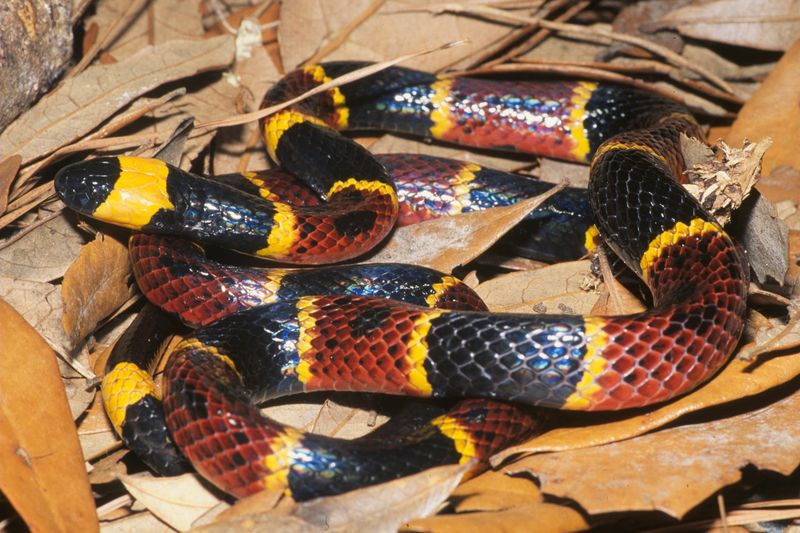
North Carolina’s picturesque landscapes are home to more than just breathtaking views—they also host several snake species.
The state’s mountains and coastal plains provide ideal habitats for snakes such as the eastern coral snake.
Visitors and residents should always be alert, especially when hiking. Snakes are often camouflaged, making them hard to spot.
It’s wise to stick to marked trails and keep an eye out for these elusive creatures to avoid any unpleasant surprises.
7. Missouri
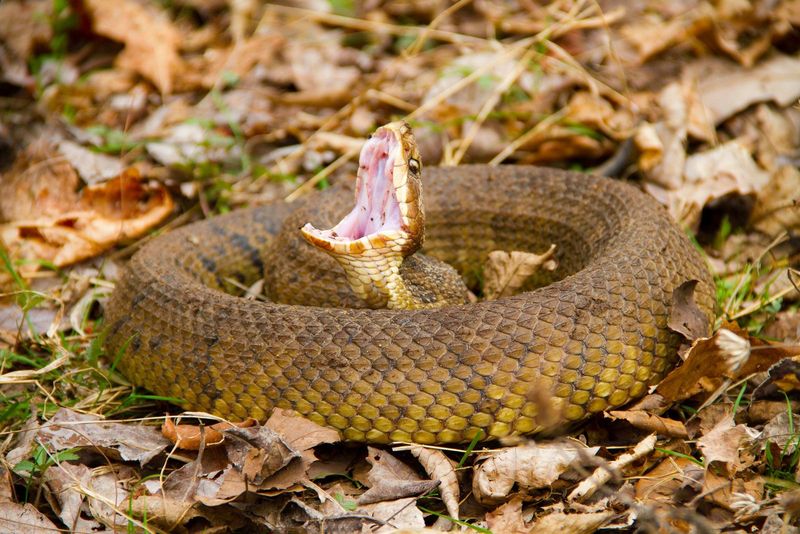
Missouri’s rivers and streams are not just for fishing; they’re popular hangouts for snakes too. The cottonmouth, or water moccasin, is a common sight along the water’s edge.
With their preference for wet habitats, these snakes contribute to Missouri’s snake bite statistics.
Water activities should be enjoyed with caution.
Keeping to designated swimming areas and wearing water shoes can help prevent accidental encounters.
Remember, snakes are more afraid of you than you are of them and will usually retreat if given the chance.
8. Alabama

Alabama’s warm, humid environment is perfect for snakes to thrive.
The state sees a fair share of snake bites each year, with the copperhead being particularly prevalent. Found in wooded areas, these snakes are well-camouflaged among fallen leaves.
For those who enjoy the Alabama outdoors, awareness is key. Watching your step and avoiding tall grasses can help reduce the risk of a surprise encounter.
Remember, snakes are an important part of the ecosystem and play a crucial role in controlling rodent populations.
9. Arkansas
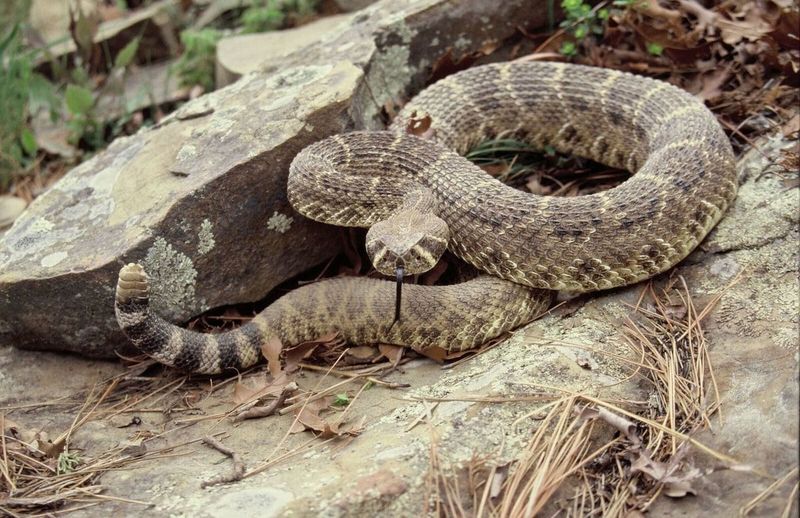
Arkansas is known for its beautiful Ozark Mountains and diverse wildlife, including a fair number of snakes.
The state ranks fairly high in snake bite incidents, partly due to its varied landscapes that support different snake species.
Hikers and nature lovers should always be cautious, particularly in rocky areas where snakes might bask in the sun.
Wearing sturdy boots and keeping a watchful eye can prevent most encounters. It’s wise to respect snakes and give them plenty of space to slither away.
10. Texas

Texas is vast, and so is its snake population. With deserts, forests, and grasslands, the Lone Star State is home to numerous snake species, including the infamous western diamondback rattlesnake.
This diversity leads to a significant number of bites each year.
When in Texas, it’s crucial to remain vigilant, especially in rural areas. Listening for the distinctive rattle and keeping a safe distance can be lifesaving.
Always wear appropriate footwear and be cautious when reaching into areas you can’t see.
11. Arizona

Arizona’s striking desert landscapes are as beautiful as they are dangerous. The state is home to several venomous snakes, including the sidewinder, known for its unique sideways movement.
Snake bites are a common occurrence, especially in remote desert areas.
Explorers should tread lightly and be mindful of their surroundings. Staying on designated paths and wearing protective clothing can reduce the risk of an encounter.
Remember, snakes typically avoid humans and will only strike if threatened or provoked.
12. Florida
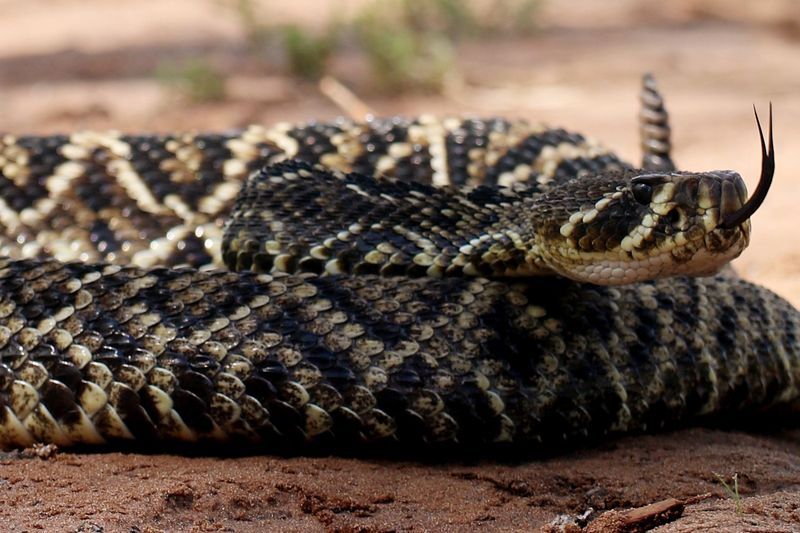
Florida’s wetlands and warm climate create an ideal environment for snakes to thrive. The state experiences a high number of snake bites, largely due to its dense snake population.
The eastern diamondback rattlesnake is a notable resident here.
Outdoor activities should be undertaken with caution. Wearing high boots and being vigilant can help prevent unwanted encounters.
Educating oneself about local snake species can also be beneficial, as it reduces fear and promotes coexistence.
13. Louisiana

Louisiana’s bayous are famous for their mystique and wildlife, including a variety of snakes. The cottonmouth is commonly found in these wet environments, contributing to the state’s high number of snake bites.
Caution is advised when navigating the bayous. Sticking to clear paths and wearing durable footwear can help prevent close encounters.
Snakes are an integral part of the local ecosystem, so it’s important to respect their presence and avoid unnecessary risks.
14. Oklahoma
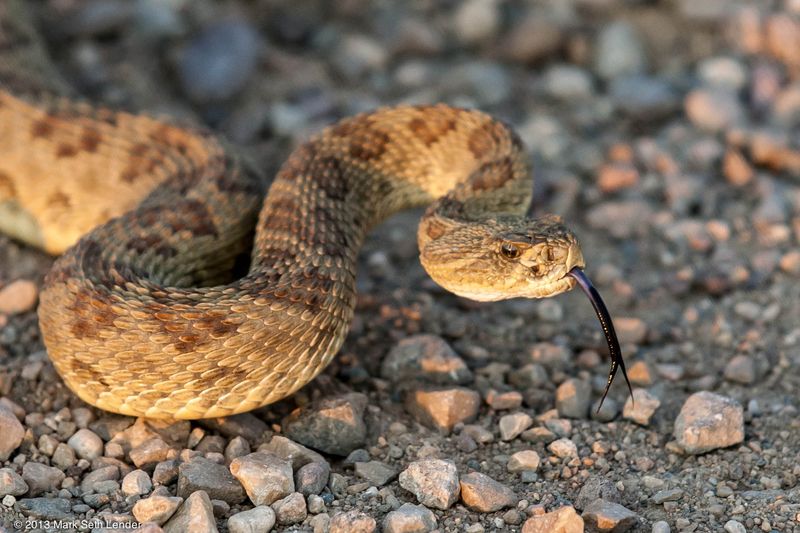
Oklahoma’s open fields and sparse forests are home to many snake species, including venomous ones like the prairie rattlesnake. The state’s varied terrain and climate contribute to its high snake bite incidents.
Farmers and outdoor enthusiasts should always be cautious. Wearing gloves and checking areas before reaching can prevent most bites.
Being aware of your surroundings and maintaining a safe distance from any snakes is crucial to staying safe in Oklahoma’s great outdoors.
15. West Virginia

West Virginia boasts a rugged landscape teeming with wildlife, including the timber rattlesnake. This state tops the list with the most snake bites, thanks to its dense forests that provide perfect snake habitats.
Hikers and campers should exercise caution, particularly in remote areas. Keeping to established trails and wearing thick boots can reduce the risk of encounters.
Snakes are an essential part of the ecosystem, and understanding their behavior can help foster mutual respect and safety.
16. How To Treat A Snakebite Before Help Arrives
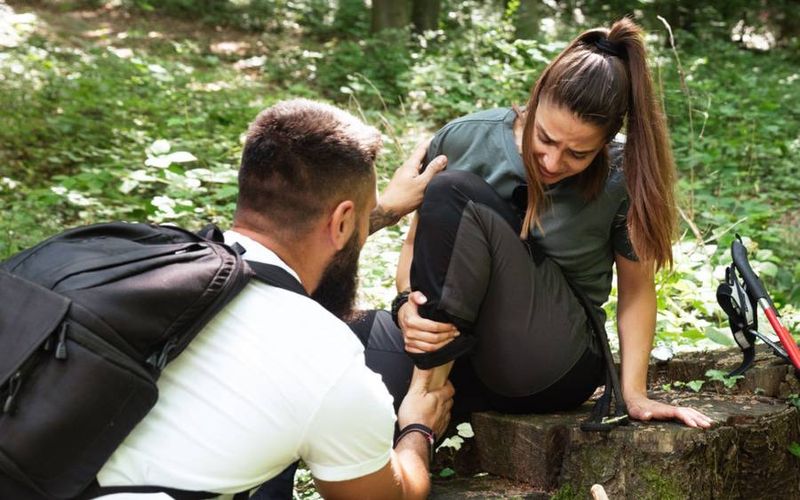
If you or someone near you is bitten, stay calm and limit movement to slow the spread of venom. Keep the bite area at or below heart level and remove tight clothing or jewelry.
Do not try to suck out the venom or apply a tourniquet. Call emergency services immediately and wait for professional medical care.
17. Simple Ways To Lower Your Risk Of Getting Bitten Outdoors

Wear boots and long pants when hiking in snake-prone areas, and avoid tall grass or piles of leaves where snakes may hide.
Stick to clear, well-worn paths and never reach into crevices or under rocks without checking first. Stay alert, especially during warm months when snakes are most active.



